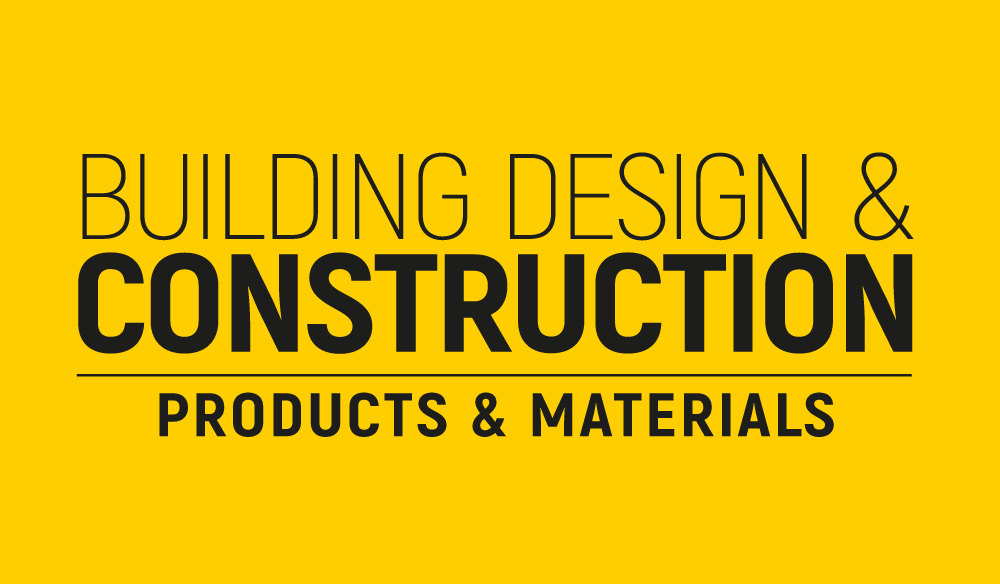Steve Bennett, Managing Director, Dura Products
The construction industry has taken a major step forward with Laing O’Rourke, the UK’s largest privately-owned construction company, announcing that it will only use low carbon concrete for all new projects.
The change takes place with immediate effect, resulting in a significant reduction in the company’s scope 3 carbon emissions – that is the embodied carbon in purchased materials – equalling a carbon reduction of 28% compared to its concrete usage last year, a saving of 14.4 million kgCO2e.
It’s certainly encouraging to see such a major player in our industry fully embrace a change that couldn’t be timelier. The Global Alliance for Buildings and Construction (GlobalABC) recently reported that the climate performance of the sector and the 2050 decarbonisation pathway is widening[1]. However, with the built environment generating 39% of annual global CO2 emissions, of course the industry needs to play a bigger role in mitigating them.




Clearly, relying on designing and building developments that boast lower operational carbon – the energy needed to heat, cool and power them, which currently accounts for 28% of the estimated 40% of CO2 emissions emitted by the industry[2] – isn’t the full answer.
Embodied carbon contributes 11% of the industry’s CO2 emissions – a smaller percentage than operational, but one just as vital to tackle if we, as an industry, are to achieve our sustainability goals. That’s because once it is locked into a completed building, it can never be recaptured.
Architects and developers use Life Cycle Assessments (LCAs) that help to measure the embodied and operational environmental impacts of a project – from procurement, construction, operation and end-of-life – all to internationally accepted standards. They also allow project planners and designers to compare alternative materials and understand and evaluate which products and parts of the building have the most and least impact. Importantly, LCAs offer major stakeholders a legitimate way to substantiate their environmental claims using credible data.
Dura Products has long been a trailblazer when it comes to green construction – in addition to being predominantly created out of recycled plastic content, the products also require little energy use during transportation and installation thanks to their lightweight composition. They also provide the option to recycle again, as each unit can be reused, recycled or remade.
Their environmental credentials were further underlined in September 2021, when we updated our first PAS2050 study and released our LCAs. Our flagship product, Durakerb, achieved a carbon footprint of 5.95kg of CO2 per 914mm unit.
However, I stress that LCAs cannot account for the environmental savings gained from using building materials fabricated from waste products that would have otherwise gone into landfill: Durakerb is manufactured from 88% recycled material – from margarine tubs and used packaging, to post agricultural polymers and recycled car parts.
The material composition of a solution itself is something too often overlooked, yet sustainable materials for infrastructure, such as drainage and kerb systems, could unlock the key for contractors looking to reduce the quantity of embodied carbon for clients – and future-proofing projects to ensure they comply with the increasing number of environmental prerequisites.
I very much hope that with a construction company of Laing O’Rourke’s size making such a significant environmentally-positive move, this could be a catalyst for the whole industry to embrace more sustainable building products, and to take the extra steps and changes needed to embrace a more sustainable future.
Building, Design & Construction Magazine | The Choice of Industry Professionals
[1] 2022 Global Status Report for Buildings and Construction | UNEP – UN Environment Programme
[2] Embodied Carbon – World Green Building Council (worldgbc.org)





